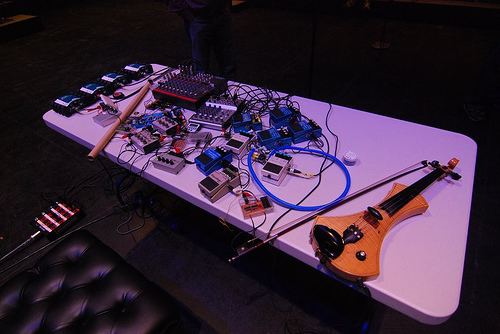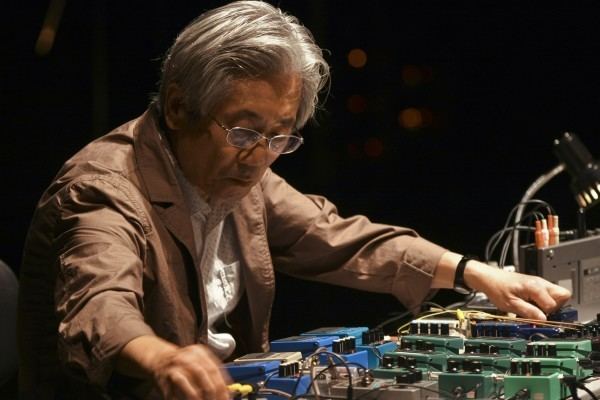Name Takehisa Kosugi | ||
 | ||
Albums Catch‑Wave, July 15 - 1972, Oz Days Live, Violin Improvisations: New York Similar People David Tudor, Christian Wolff, David Behrman, Stuart Dempster, Jim O'Rourke | ||
Takehisa kosugi distance for piano to david tudor
Takehisa Kosugi (小杉 武久, Kosugi Takehisa, born March 14, 1938) is a Japanese composer and violinist associated with the Fluxus movement.
Contents
- Takehisa kosugi distance for piano to david tudor
- Takehisa Kosugi Mano Dharma 74
- Works
- Festival performances
- Sound installations
- References

Kosugi studied musicology at the Tokyo University of the Arts and graduated in 1962.

Kosugi is probably best known for the experimental music that he created in 1960–75, first in the early 1960s with the Tokyo-based seven-member ensemble Group Ongaku (グループ・音楽/"music group") and thereafter as a solo artist and with itinerant octet Taj Mahal Travellers (1969–75). Kosugi's primary instrument is the violin, which he sends through various echo-chambers and effects to create a bizarre, jolting music quite at odds with the drones of other more well-known Fluxus artists, such as Tony Conrad, John Cale and Henry Flynt.

In 1963 Takehisa Kosugi composed for Fluxus 1 a musical piece called Theatre Music in the form of a rectangle of cardstock that bore the trace of a spiral of moving feet. This was paired with the instructions: "Keep walking intently".

Since 1995, Kosugi has served as music director for the Merce Cunningham Dance Company, and lives in Osaka, Japan. His 1960s career with Group Ongaku is extensively explained in the 32-page essay "Experimental Japan," which appears in the book Japrocksampler (Bloomsbury, 2007), by author/musician/occultist Julian Cope. The book also features a detailed 12-page biography of Kosugi's Taj Mahal Travellers, the music of which Julian Cope describes as being "reminiscent of the creaking rigging of the un-manned Mary Celeste". According to Cope, Kosugi's finest work is the 1975 solo album Catch-wave (CBS/Sony).

Kosugi has received grants from The JDR 3rd Fund in 1966 and 1977. He has also received a DAAD fellowship grant to reside in Berlin in 1981.

Kosugi received a John Cage Award for Music from Foundation for Contemporary Performance Arts in 1994.
